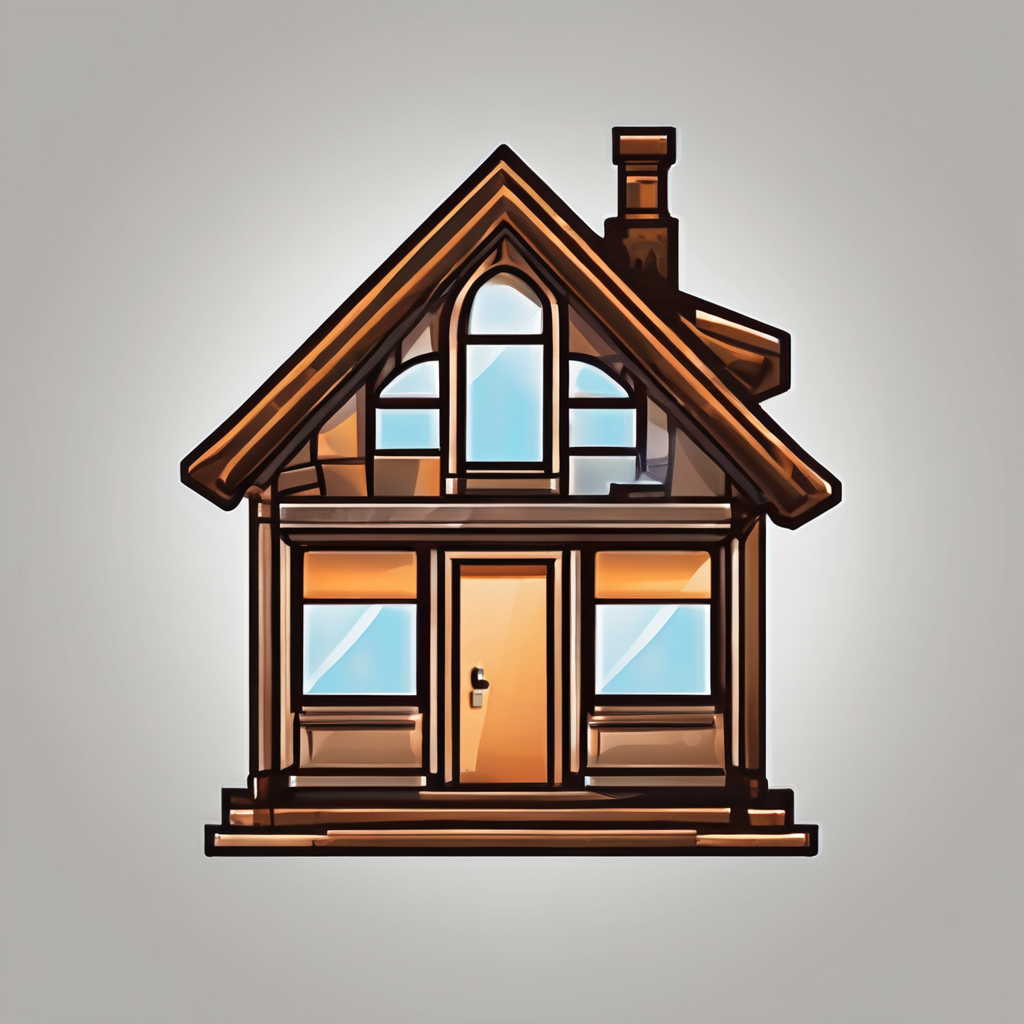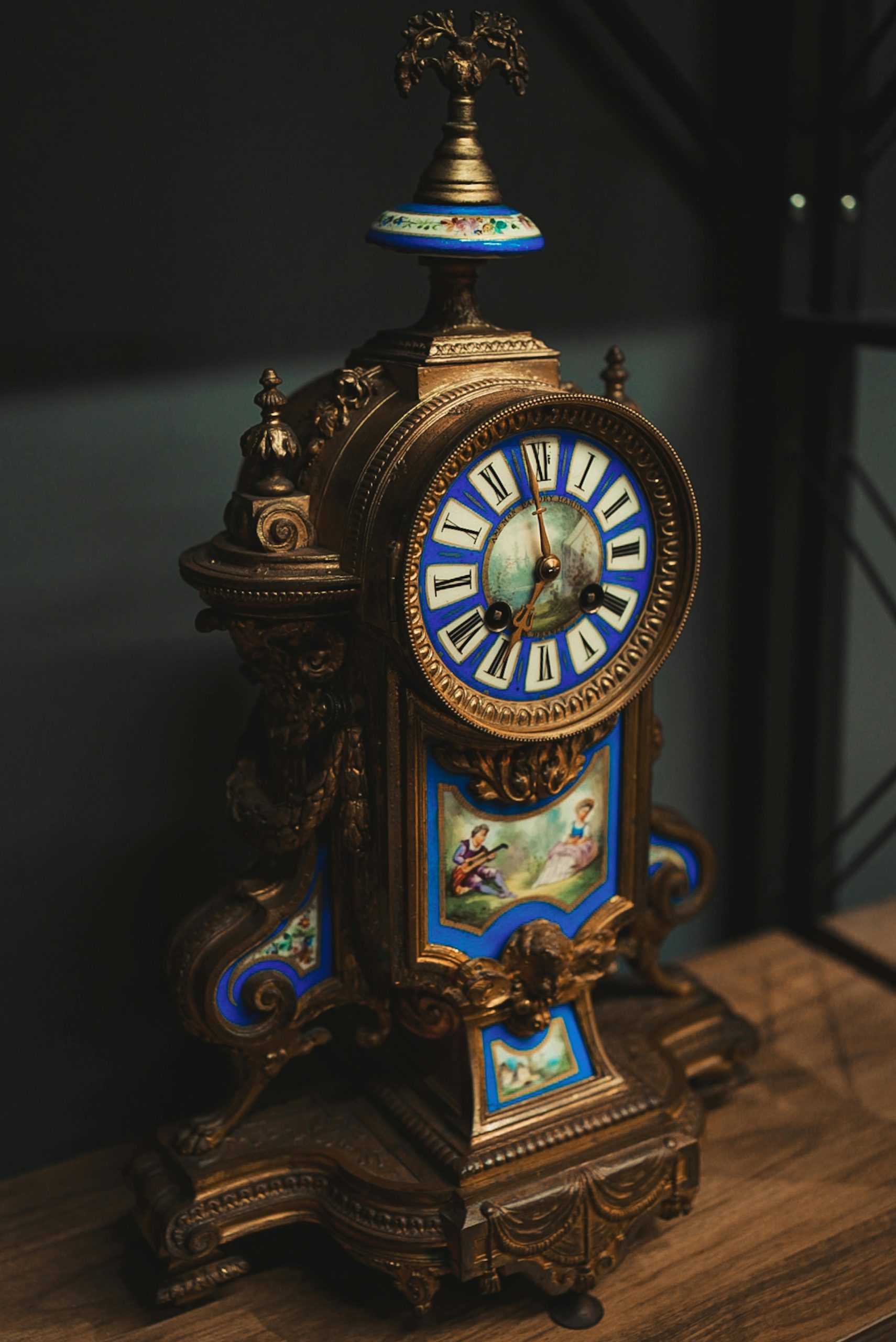Antique mantel clocks hold a unique charm that blends craftsmanship, history, and artistry. Each piece tells a story through its materials, design, and maker’s signature. Understanding their origins and care not only preserves their beauty but also reveals their true value, making these clocks timeless treasures for collectors and enthusiasts alike.
Overview of Antique Mantel Clocks: Historical Significance and Market Trends
Antique Mantel Clocks have long symbolized elegance and craftsmanship, originating in the 18th century. Their evolution highlights artistic shifts from ornate French Empire styles to simpler Victorian designs.
Also read : The ultimate uk homeowner’s guide to choosing the ideal water softener
Today, their market value fluctuates based on age, condition, and provenance. They are sought after by collectors and investors, with rare pieces fetching significantly higher prices.
Regions like France and England contributed iconic designs, including carved wood, gilded brass, and porcelain cases. These styles reflect regional tastes and craftsmanship excellence. The most valuable clocks often feature intricate detailing, original mechanisms, and well-documented histories. Current market trends show growing interest in vintage and early 20th-century models, especially those with Westminster chimes or unique complications.
Have you seen this : Creating a pet paradise: transform your uk garden with expert tips and successful strategies
Key Features and Types of Antique Mantel Clocks
Materials and Craftsmanship
Antique mantel clocks are celebrated for their meticulous craftsmanship and quality materials. Oak, cherry wood, porcelain, and brass-cased mantel clocks are frequent highlights, each reflecting the maker’s mastery and era. Collectible wooden mantel clocks often showcase intricate inlays, hand-carved details, and layered finishes, emphasizing a dedication to artistry. French style mantel clocks and empire period mantel clocks distinguish themselves through elegant gilding, bronze embellishments, and delicate sculpting that mirror the decorative trends of their time. The use of regional woods and ornamentation in vintage mantel timepieces not only reveals the clock’s origin but also pays homage to historical traditions in European and early 20th century mantel clocks.
Design Styles and Regional Variations
Design variations define the true character of antique mantel clocks. From stately French Empire to ornate Victorian, and even streamlined Art Deco, each clock echoes prevailing tastes of its era and region. French style mantel clocks typically feature elaborate motifs and luxurious surfaces, while collectible wooden mantel clocks often reflect the clean, geometric lines found in Biedermeier or early 20th century mantel clocks. Displayed decorative themes—floral garlands, mythological figures, and brass scrollwork—set notable distinctions between UK antique timepieces and their continental cousins.
Mechanical Movement and Chime Mechanics
Mechanically, antique mantel clocks employ time-honored systems such as wind-up, fusee, and classic key-wound mechanisms. Many boast Westminster chime clocks, offering rich melodies on the quarter hours and in some cases, classical alternatives. Restoration often involves precise adjustment of mechanisms for accurate chime function and synchronization, ensuring classic chiming mantel clocks retain both utility and vintage allure. Maintaining these traditional movements is essential for anyone interested in preserving the mechanical artistry of vintage mantel timepieces and decorative mantel clocks.
Identification, Authenticity, and Valuation
Recognizing Genuine Antique Clocks
When assessing antique mantel clocks, begin by identifying hallmarks of authenticity. Examine the case for clockmaker signatures, engraved inscriptions, or original maker marks, which provide key details about origin and craftsmanship. Genuine vintage mantel timepieces typically show time-worn patina, subtle brass aging, and era-appropriate wood finishes. Watch out for warning signs of reproductions: modern screws, inconsistent fonts, machine-cut details, or lightweight, newer alloys. To strengthen certainty, compare design traits with cataloged examples of French style mantel clocks or sought-after empire period mantel clocks—older craftsmanship reveals hand-carved or inlaid elements specific to the time.
Appraisal and Condition Factors
Value is influenced by the clock’s condition, originality, and completeness. An intact movement, authentic face, and period-correct pendulum increase worth. Avoid clocks with excessive restored parts unless professionally documented. For high-value items, obtain an authentic antique clock appraisal from a uk antique timepieces specialist. Documentation of provenance, such as receipts from reputable antique mantel clocks dealers, boosts both value and collectability. Historical papers add legitimacy for collectible wooden mantel clocks or brass-cased mantel clocks.
Estimating Market Value
Antique clock value estimation uses pricing tiers based on age, rarity, and design. Rare antique clock finds—especially signed 1900s era mantel clocks or early 20th century models—command higher prices. Factors like mechanism type and decorative detailing in classical chiming mantel clocks affect assessment. Frequent reviewing of antique clock auction highlights and dealer assessments provides reliable market context for both new and seasoned collectors.
Maintenance, Restoration, and Preservation
Care and Maintenance Tips
Maintaining antique mantel clocks sustains both value and aesthetic allure. Use a soft, dry cloth for regular dusting to prevent grime from settling on brass-cased mantel clocks and vintage mantel timepieces. For wooden finishes, occasionally polish with a specialized antique clock care product suited to the clock’s wood type—oak, cherry, or mahogany. Avoid placing collectible wooden mantel clocks near direct sunlight, heaters, or damp areas, as environmental shifts may cause warping or cracking, especially with early 1900s era mantel clocks. For running and winding, use only gentle, consistent motions per the manufacturer’s method; overwinding mechanical movements, especially those with a mantel clock wind-up mechanism, risks permanent damage.
Restoration Strategies and Resources
Deciding to restore versus preserve antique mantel clocks depends on condition and originality. Seek qualified specialists experienced with French style mantel clocks and empire period mantel clocks for significant repairs or when handling rare features like mantel clocks with pendulum mechanisms. Request authentic materials and document all procedures for insurance or provenance purposes. Beware common pitfalls: amateur repairs, improper parts, or aggressive cleaning can reduce authenticity and long-term value, particularly for brass-cased mantel clocks.
Protection and Insurance
Secure valuable antique mantel clocks with stable display positions away from high-traffic zones. If collecting, invest in antique clock insurance that covers loss, theft, and restoration. For optimal display, consider glass cabinets for ornate brass antique clocks and control environmental exposure for collectible wooden mantel clocks to preserve finish and mechanics.


